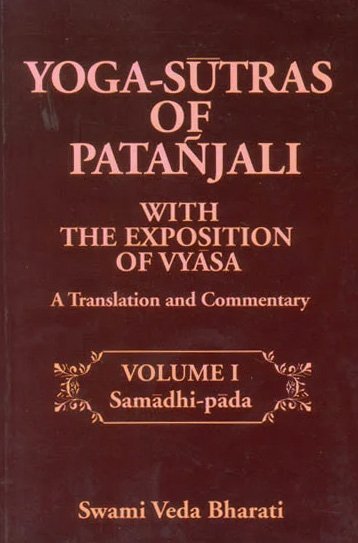Yoga-sutras (Ancient and Modern Interpretations)
by Makarand Gopal Newalkar | 2017 | 82,851 words | ISBN-13: 9780893890926
Yoga-sutras 2.42, English translation with modern and ancient interpretation. The Patanjali Yogasutras describe an ancient Indian tradition spanning over 5000 years old dealing with Yoga:—Meditating the mind on the Atma leading to the realization of self. This study interprets the Yogasutras in light of both ancient and modern commentaries (e.g., Vyasa and Osho) while supporting both Sankhya and Vedanta philosophies.
Sūtra 2.42
Sanskrit text, Unicode transliteration and English translation of sūtra 2.42:
संतोषादनुत्तमसुखलाभः ॥ २.४२ ॥
saṃtoṣādanuttamasukhalābhaḥ || 2.42 ||
(42) From contentment unsurpassed happiness is gained.
Ancient and Modern interpretation:
Taimni explains,[1] the main cause of our unhappiness is ‘list of desires’. When one desire is fulfilled, we feel desireless till the next desire emerges.This prevents the bliss manifesting in our mind.
So, only when desires are fully eliminated, the mind becomes calm. This subtle and constant joy is sukha,which comes from within and is independent of external circumstances.
Footnotes and references:
[1]:
Taimni, op.cit., p.249-250
